17 Surprising Things You Had To Know To Drive A Car In The 1920s
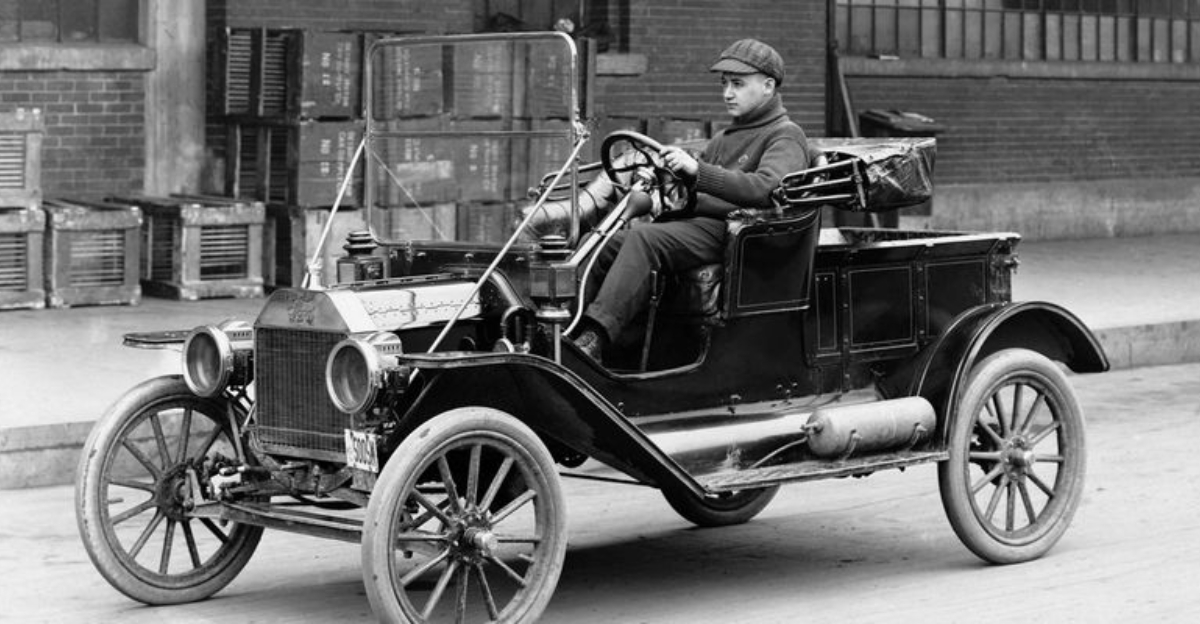
Driving a car in the 1920s wasn’t just about getting from point A to point B—it was a full-on adventure, often unpredictable and occasionally downright chaotic.
Picture this: bumpy dirt roads, unreliable engines, and a dashboard that looked more like a science experiment than a control panel. Back then, getting behind the wheel meant mastering a whole set of quirky skills just to keep your car moving.
From hand-cranking the engine to manually adjusting the spark timing, drivers had to be part mechanic, part daredevil. Add to that the challenge of navigating early traffic laws and deciphering inconsistent signals, and every journey became a test of patience, creativity, and grit. It was a time when automotive innovation was still finding its footing—and so were the drivers.
These 17 surprising things you had to know to drive in the 1920s will transport you to a thrilling era where courage and cleverness were just as important as a full tank.
1. Cranking the Engine
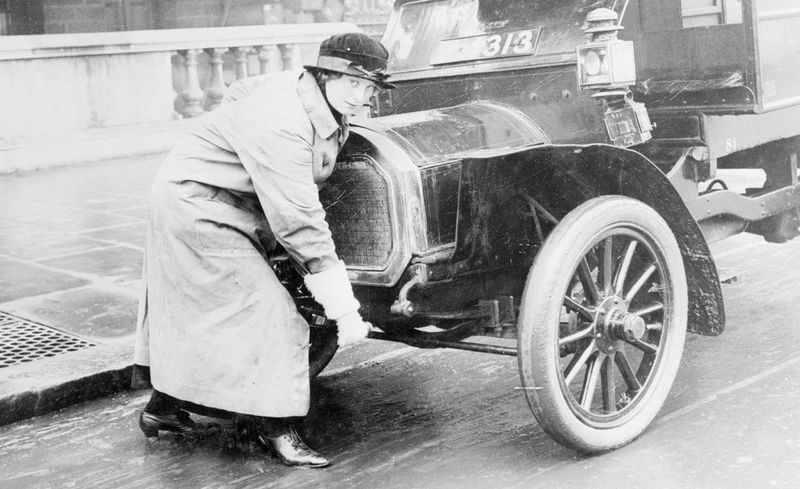
Let me tell you, starting a car in the 1920s was no walk in the park. Imagine wielding a crank like a sword, ready to battle the beast under the hood.
The art of cranking was a dance of precision and strength, requiring just the right amount of force to coax the engine to life. But beware!
The engine might kick back, leaving you with a sore wrist or worse. It was a morning workout with a touch of danger. Those were the days when starting your car was a test of manliness, and bravery was a prerequisite to driving.
2. Manual Ignition Timing
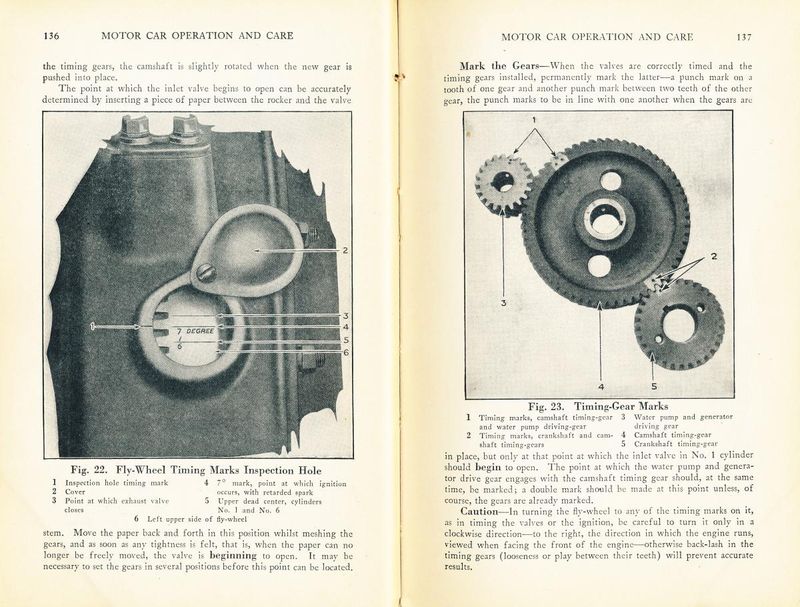
Picture this: you’re not just driving the car; you’re orchestrating a symphony under the hood. In the 1920s, drivers manually adjusted ignition timing to ensure smooth operation.
It was a delicate balance, like tuning a piano in the middle of a concert. Get it wrong, and the performance might falter.
The road demanded constant attention, and your fingers danced on the controls, adjusting with every change in speed. It was a mechanical waltz, where your car was both partner and orchestra, and the open road was your stage. Driving was a performance art.
3. Understanding Traffic Signals
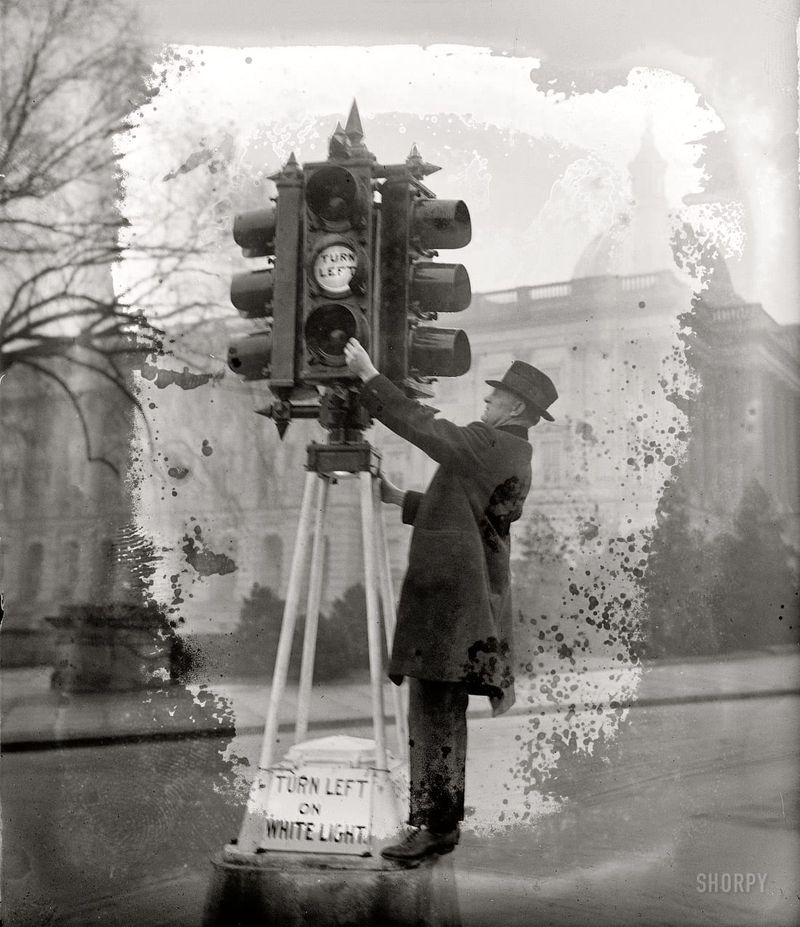
Navigating a sea of automobiles and pedestrians required more than just a keen eye. Traffic signals were a burgeoning concept, a new language that drivers had to learn.
These early lights were a curiosity, often ignored by the uninitiated. But for the savvy driver, they were a beacon of order in the chaos.
Understanding them was akin to reading the stars for safe passage. Intersections were theaters of chance, where the daring took center stage, hoping their interpretation of the signals would lead to a safe exit. The streets were alive with the dance of machines.
4. Using an Acetylene Headlamp
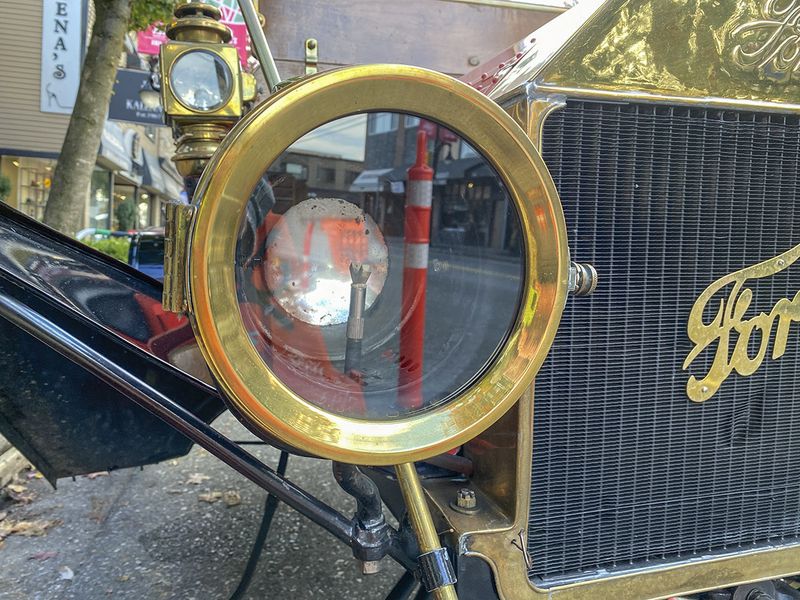
Driving at night in the 1920s was an adventure in shadows and flickering lights. Acetylene headlamps were the guiding stars, casting a pale glow on the road ahead.
Adjusting them was an art, requiring a careful hand to ensure the flame burned true. In the foggy embrace of dusk, these lamps were a lifeline, transforming the unknown into the known.
Their eerie light was both a comfort and a warning, a reminder that the road was both friend and foe. It was a time when night driving was a testament to the driver’s resilience and ingenuity.
5. Mastering Gear Shifts
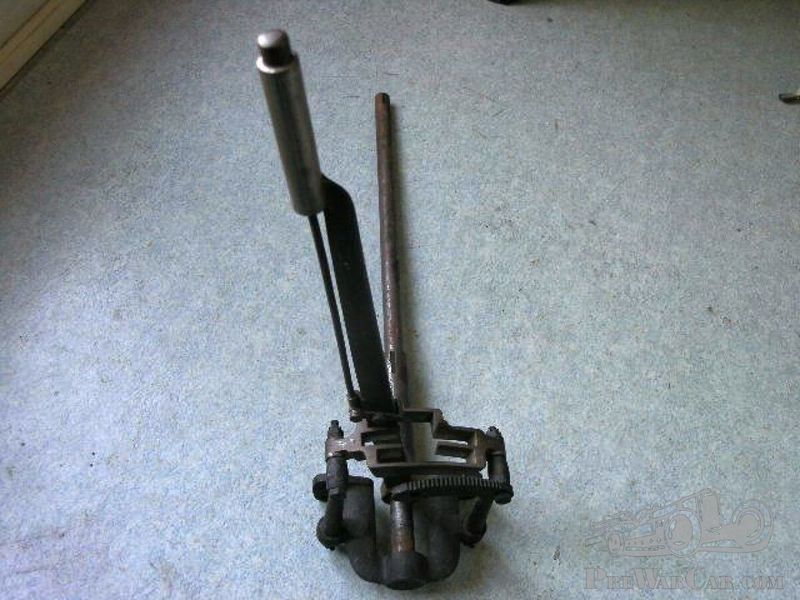
Ah, the sweet symphony of grinding gears! Driving a car in the 1920s was a tactile experience, where mastering the gear shift was akin to learning a new language.
Each change was a conversation between driver and machine, a dialogue of clicks and clanks. Finding the right gear was like hitting the right note in a melody, with the harmony of the road as your reward.
It required finesse, patience, and a touch of bravery. Misstep, and the car would protest, a cacophony of reminders that you were merely human. Gear shifting was a dance of steel and will.
6. Reading Roadside Signs
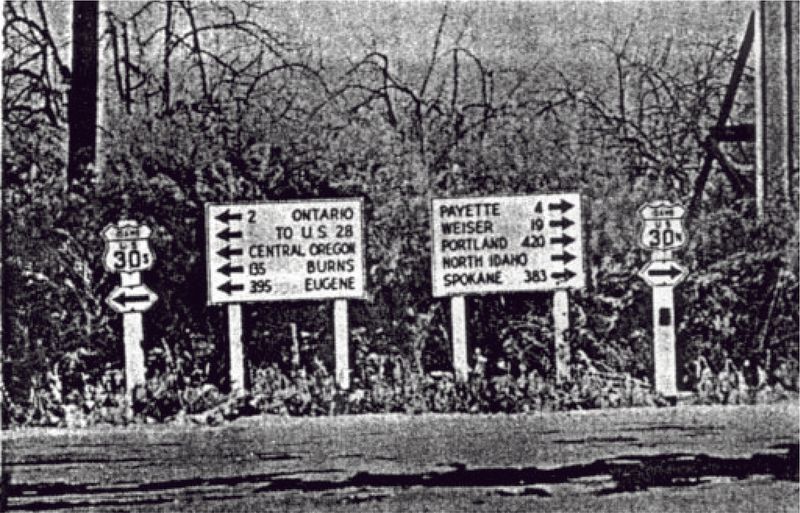
In an era before GPS, roadside signs were the trusted guides. Drivers became navigators, reading the land as much as the signs.
These markers were storytellers, hinting at the adventures that lay ahead. It was a time when a wrong turn could lead to unexpected discoveries, where the journey was always as exciting as the destination.
Each sign was a page in the traveler’s diary, a testament to the roads traveled and the stories lived. The landscape was both map and muse, and every drive was an exploration of the soul.
7. Using a Handbrake

The handbrake was more than just a tool; it was a lifesaver. In the 1920s, it was the trusty companion that kept your car from rolling away into the sunset.
Mastering its use was essential, a skill that separated the novices from the seasoned drivers. Its grip was firm, demanding respect and understanding.
On steep hills, it was your best ally, holding fast against gravity’s pull. Using it was a ritual, a moment of pause and reflection, a reminder that control was both fleeting and essential. The handbrake was the unsung hero of the open road.
8. Navigating with Maps
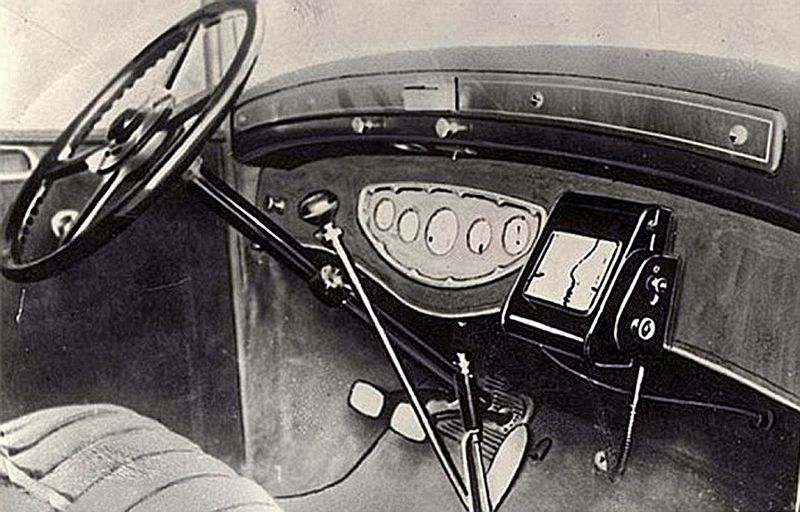
Maps were the treasure maps of the 1920s, guiding drivers on quests across unfamiliar lands. Unfolding one was like revealing secrets, where every line was a path, and every curve a possibility.
Navigation was an art, a blend of intuition and interpretation. With no voice to guide you, the map was your sage, whispering stories of the road.
It was a time when getting lost was just another way to find yourself. The map was more than just paper; it was a companion in the adventure, a canvas where dreams of destinations were painted.
9. Mastering the Horn
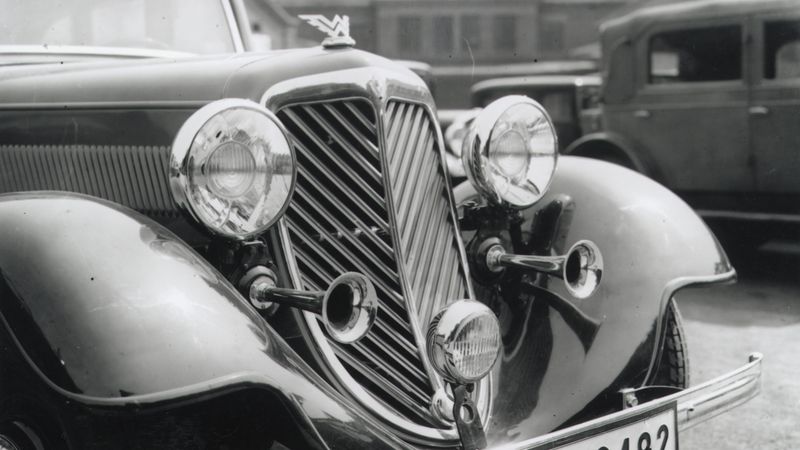
The horn was the voice of the car, a language that spoke of urgency and presence. In the symphony of the 1920s streets, it was the soloist, demanding attention and respect.
Mastering its use was crucial, a blend of timing and volume. It was both a greeting and a warning, a sound that could cut through the noise of the city.
The horn was your ally in the dance of traffic, a tool of expression in the orchestra of the road. Honk wisely, for it was both an announcement and a conversation starter, a true reflection of the driver’s intent.
10. Understanding Tire Maintenance
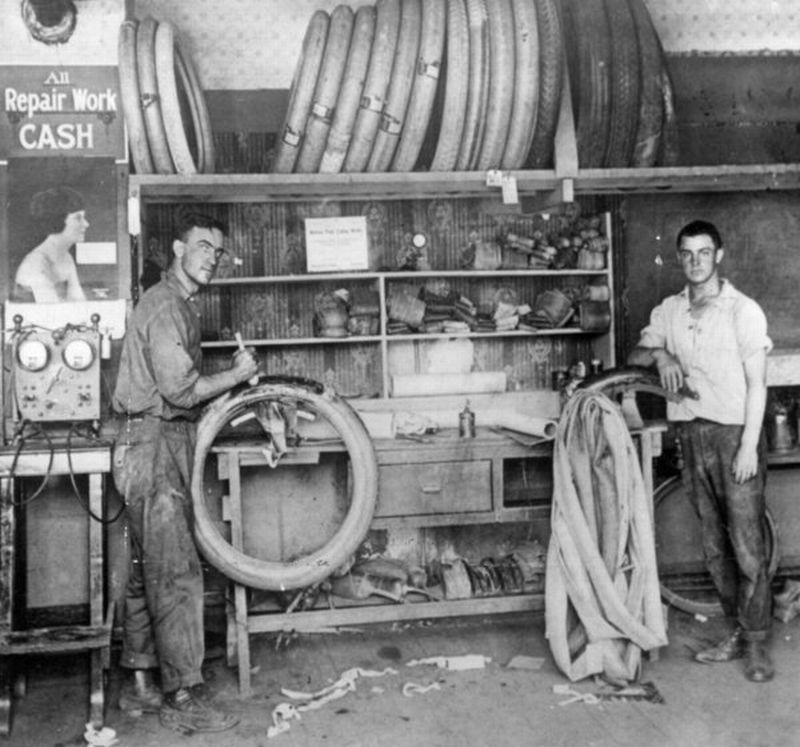
Tires were the shoes of the car, and maintaining them was an essential skill. In the 1920s, understanding tire maintenance was akin to knowing how to sew a button.
It was a hands-on affair, where drivers became mechanics, diagnosing and fixing with grit and grace. A flat was not just an inconvenience; it was a challenge, a test of endurance and ingenuity.
Changing a tire on a dusty roadside was a rite of passage, a moment where drivers proved their mettle. It was an act of connection, where man and machine met in a dance of necessity.
11. Fueling with Precision
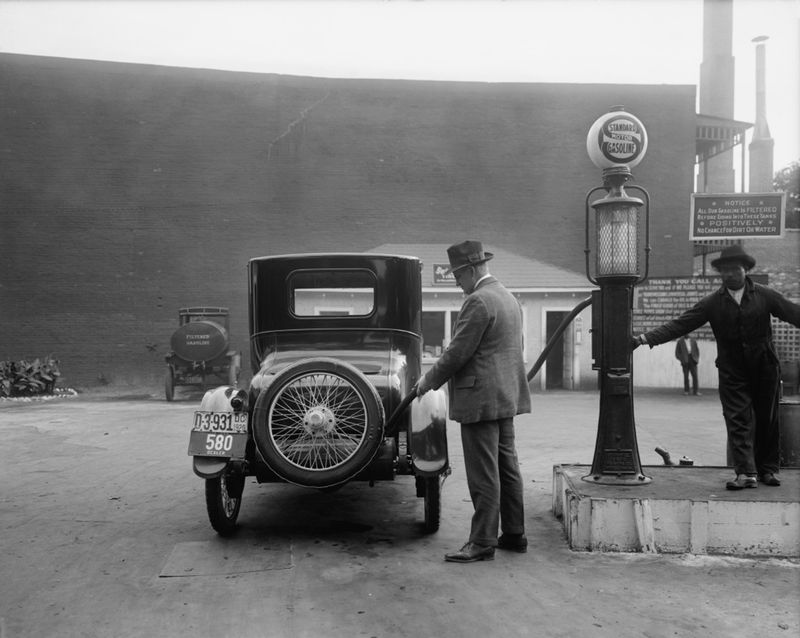
Fueling a car in the 1920s required more than just pouring gas into a tank. It was a precise art, a balance of measurement and intuition.
The gas pump was a relic of engineering, demanding attention and respect. Drivers were chemists, carefully mixing oil with fuel, ensuring the engine ran smoothly. It was a time when filling up was a ritual, a moment of connection with the machine.
The gas station was a sanctuary, a place of stories and camaraderie, where fellow travelers met and shared tales of the road. Fueling was both science and art, a dance of elements.
12. Deciphering Dashboard Gauges
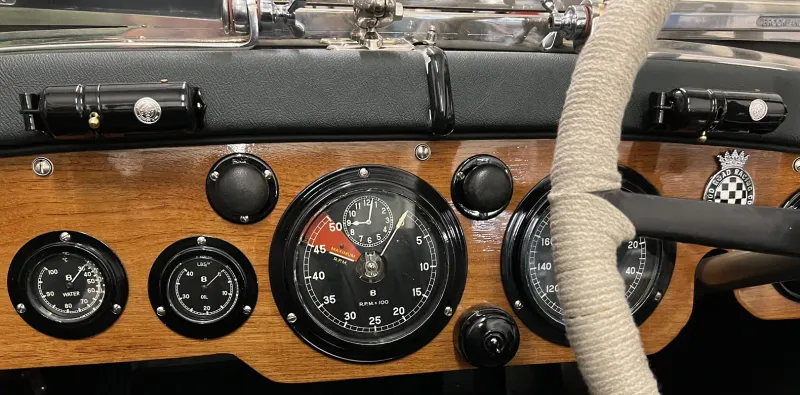
The dashboard was a cockpit of dials and gauges, a cryptic array that required a detective’s intuition. In the 1920s, deciphering these instruments was a necessity, a language that spoke of the car’s health and temperament.
Each gauge was a storyteller, whispering secrets of speed, oil pressure, and fuel levels. It was a time when the car’s mood was as important as the driver’s, where understanding its language was key to harmony.
The dashboard was both oracle and judge, a reflection of the journey and the driver’s skill. Reading it was an art mastered by the observant.
13. Dodging Potholes
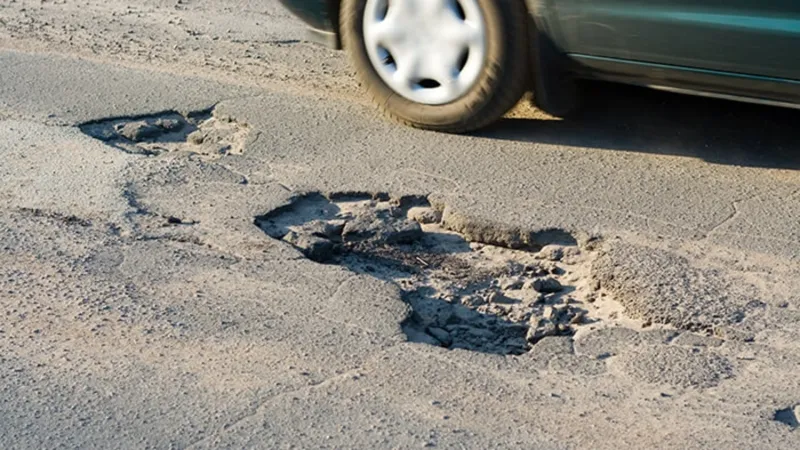
Potholes were the hidden villains of the road, lurking in shadows and waiting to strike. In the 1920s, dodging them was an art form, a game of anticipation and reflexes.
Each bump was a story, a testament to roads traveled and lessons learned. It was a time when driving was a dance, where the road led and the driver followed, each maneuver a step in a complex choreography.
Avoiding potholes was more than just steering; it was a conversation with the road, a dialogue of caution and daring. The road was both guide and adversary, a mirror of the journey’s unpredictability.
14. Handling a Flat Tire
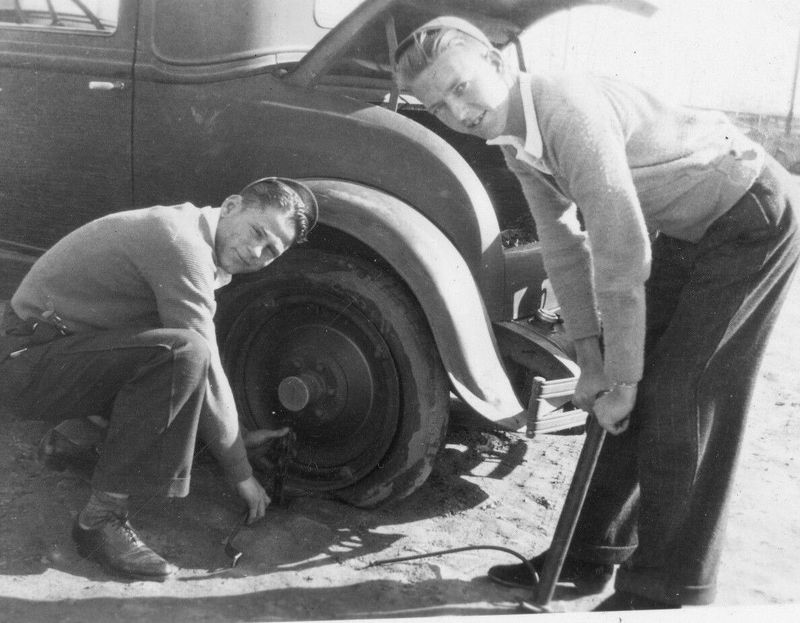
A flat tire was the plot twist in the journey’s tale, an unexpected challenge that demanded resolve. In the 1920s, handling a flat was a rite of passage, a moment where drivers became heroes of their own stories.
It was a hands-on experience, a test of skill and patience. Changing a tire on a dusty road was a dance of determination, where each lug nut was a step toward triumph.
It was a time when drivers carried their own tools, ready to face the road’s surprises. The flat tire was both obstacle and opportunity, a lesson in resilience and resourcefulness.
15. Using Hand Signals
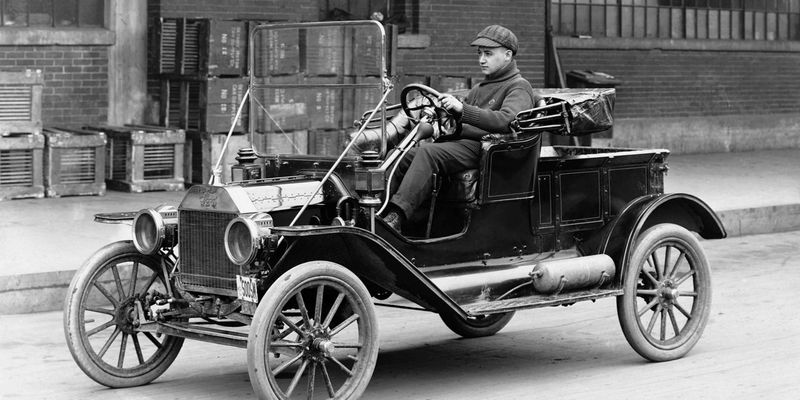
Hand signals were the semaphore of the road, a language of gestures that communicated intentions. In the 1920s, mastering them was as essential as steering.
Each signal was a statement, a declaration of direction and determination. It was a time when communication was visual, where drivers were conductors of their own road symphony. The hand signal was both art and necessity, a bridge between drivers in the absence of electronic indicators.
It was a dance of hands and wheels, a choreography of trust and understanding. Using hand signals was an expression of rhythm and respect on the open road.
16. Tuning the Engine
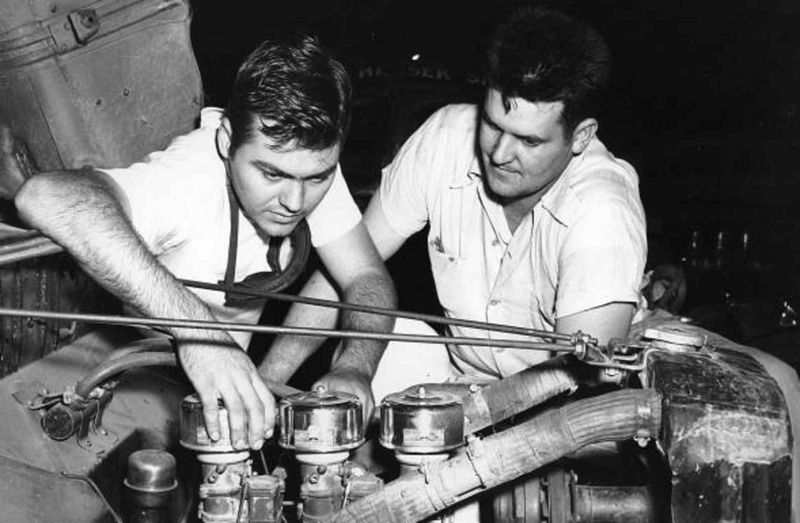
The engine was the heart of the car, and tuning it was a symphony of sounds. In the 1920s, drivers were both conductors and mechanics, a blend of art and science.
Tuning required a keen ear, a mechanic’s intuition, and a musician’s touch. It was a ritual, a moment of communion between man and machine. The garage was a sanctuary, a place where magic happened, where engines hummed and purred.
Tuning was not just maintenance; it was a dialogue, a conversation with the car’s soul. It was a time when the driver was both artist and engineer, crafting harmony from chaos.
17. Braving the Elements
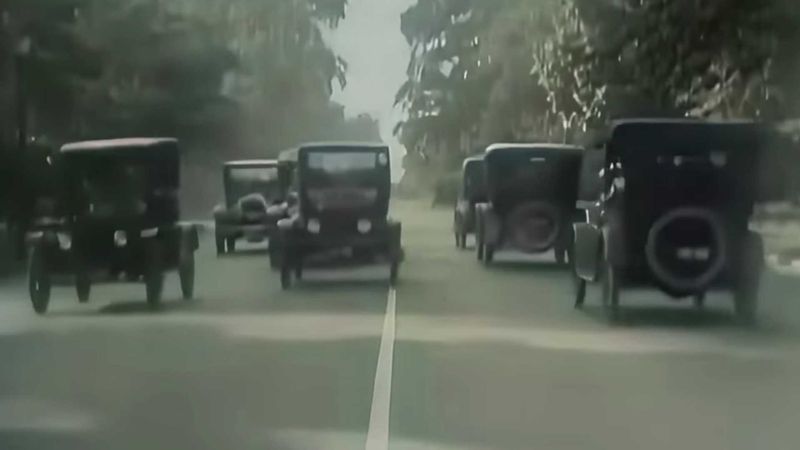
Weather was an unpredictable co-pilot, a force to be reckoned with on the open road. In the 1920s, braving the elements was an adventure, a test of courage and preparation.
The car was both chariot and shelter, a refuge from the storm. Rain was a dance partner, a challenge that required skill and finesse. It was a time when drivers donned goggles and raincoats, transforming into road warriors ready to face nature’s whims.
The elements were both adversary and muse, inspiring tales of bravery and resilience. Driving was an encounter with the raw power of the world, a journey into the elements’ embrace.
